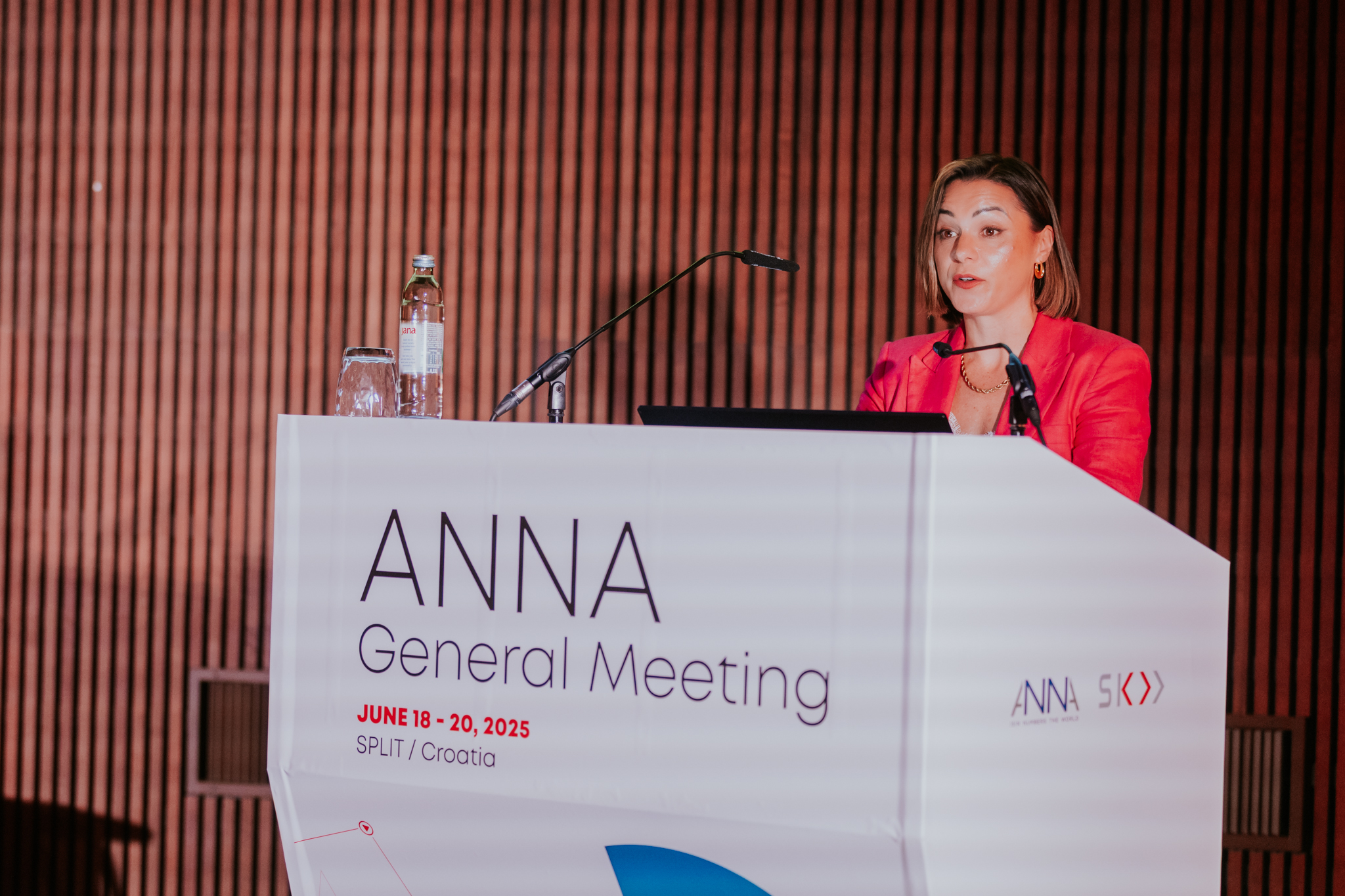First published on TabbFORUM, 25 June 2025. A universal language Consensus-based financial standards developed by…
Introduction to Digital Assets
Digital assets are emerging as a new investment class. The entire investment industry, from issuers to investors to regulators, stands to gain from greater levels of efficiency and transparency while reducing transaction costs and times. In the first of our Digital Asset Series, we look at what is defined as a digital asset, as well as what industry needs to do to be able to efficiently capitalise on the benefits of this fledgling asset class.
The overall digital asset market value is estimated to be worth $120 billion USD, with 53% of that made up by Bitcoin, worth approximately $64 billion USD according to a recent report from BNY Mellon. As we can see from these figures, digital assets clearly consist of more than simply Bitcoin or altcoins. Cryptoassets currently cover three main usages being payments, utilities and securities, each with its own business function, participants and regulations. While the potential use cases for blockchain and digital assets are new and exciting, the interoperability and harmonisation of standards of digital assets still needs to be established for market participants to realise their full potential.
Securities of tomorrow?
According to a paper by Deloitte, ‘Are token assets the securities of tomorrow?’, a digital asset is “a type of private asset whose perceived or inherent value is at least partially derived from its use of cryptography and distributed ledger or similar technology. In other words, the asset is digitally recorded and provides a graphically secured representation of value that can be stored and transferred within a distributed ledger (DLT).”
The three use cases for digital asset tokens can be broken down as follows:
- Payment/exchange tokens: means of payment for a good or service
- Utility tokens: provide access to a function provided directly by the token issuer
- Securities tokens: provide ownership of an asset and entitlement for use, dividend distribution and voting rights.
Both sets of regulators in the US and Europe have now determined that most digital asset tokens should be treated and thus regulated as securities. The SEC requires that ICO tokens be registered as securities under Section 12(g) of the Securities Exchange Act of 1934 (“Exchange Act”). In Europe, ESMA considers that cryptoassets that qualify as financial instruments are covered by securities regulation such as MiFID II. By doing so, the regulators are ensuring that digital asset investors receive the same type of information and protection as with standard security offerings.
The Deloitte paper lists out a number of recent projects and initiatives related to either the utility or securities usages, rather than those tokens that cannot be defined as a payment or currency, including:
- ID2S/SETL was one of the first DLT CSD approved by a competent authority (AMF) and has been granted CSD status and access to the T2S platform
- Clearstream has launched a project setting up a DLT platform to facilitate the exchange of security tokens representing HXLA assets in the context of securities lending and collateral management services
- The Malta Stock Exchange has launched a DLT platform to organise the listing and trading of security tokens
- The SIX Swiss Exchange has announced that it is building a fully integrated trading, settlement, and custody infrastructure for digital assets.
With digital assets emerging as a new investment class, what is needed for a trusted token market is quality, standardised reference data to oversee its growth with consistency and uniformity. Potential institutional participants in the digital token ecosystem will need accurate, reliable, quality data attributes to make appropriate investment and trading decisions – much like participants in traditional financial markets have today.
ISO TC68 / SC8 / Working Group 3 – Digital Token Identifier
Issuers and investors of digital tokens are in urgent need of trusted, machine-readable ISO identifiers and related standards. Within the framework of the International Organisation of Standardisation (ISO), a working group (WG3) was established in early 2018 to specifically evaluate the identification needs for digital currencies and whether an existing framework could be leveraged such as the ISO 4217 Currency Code standard.
During the first stages of discussion, it was determined that identification for digital assets did not fit the existing definition or scope of the ISO 4217 currency code standard, and development was required for an identification registry based on the specific characteristics of digital assets. From this determination, work has evolved to focus on the development of a Digital Token Identifier.
The WG3 is now aiming to produce an international standard for digital tokens that defines the assignment and generation of a random, unique, fixed-length identifier issued in response to a request for token registration that conforms to specified application guidelines. The WG3 is currently working on drafting a definition and method for identification of digital tokens, as well as eligibility criteria for application and an identifier form.
ANNA Technology Taskforce
To complement the efforts of the WG3, ANNA has set up a Technology Taskforce (TF-22) to assess the role that International Securities Identification Numbers (ISINs) may take in the harmonisation of standards for identifying digital assets.
The Taskforce will examine the identification of digital assets such as tokens and cryptocurrencies, blockchain technology and its associated evolution and application in the financial markets industry. This is in line with the objective to assess the role and scope of ISINs in respect to digital asset identification and provide recommendations and guidelines for the assignment of ISINs to all kinds of digital assets e.g. security tokens, asset tokens, payment tokens, utility tokens and hybrid tokens.
Underpinning this evaluation is ANNA’s core aim to support a transparent, compliant and efficient financial markets structure. The Taskforce’s evaluation process on digital assets will be an important part of the journey to provide tools of most use to the industry.
Brave first steps
We believe it is about moving forward in this time of potential uncertainty and making sure we continue to evolve and progress as the market develops. Digital assets are currently only a fraction of the traditional space within the financial services industry, yet experience has shown that new asset classes can evolve quite quickly and, while we can’t predict scale, it is prudent to prepare sooner rather than later to ensure consistency and uniformity in how we address data. ANNA has now established the Technology Taskforce as a first step to examine ways ANNA can continue to help the financial services community as it evolves in this exciting new space.
Interested parties are invited to view the Terms of Reference of the ANNA Technology Taskforce and stay up-to-date with the latest news by visiting the ANNA website here.



